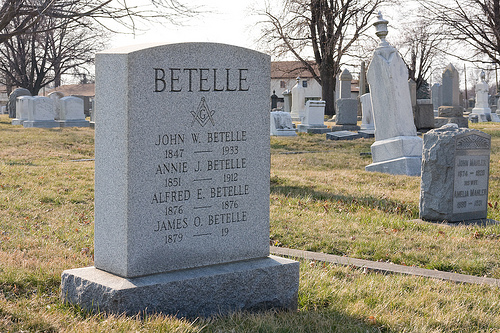I don’t actively research Betelle much anymore, but I do have automatic searches in place at a number of websites. eBay is the busiest, where occasional magazines and postcards pop up. I mostly ignore those, as it’s generally material I already have. But sometimes a unique item appears. This morning, I saw this:

It’s the envelope only, so not of specific interest. But who was Mr. August Sieder, Jr. of South Orange New Jersey? First, let’s see his house:
A pretty typical smaller suburban house. But what was Sieder’s occupation that Guilbert & Betelle would be writing him? A quick trip to Ancestry.com tells us:

An architect, of course. So a general Google search didn’t reveal much besides being listed with the AIA. The next stop is the New York Times obituaries where we get a bit more info. It would appear he spent most of his career with G&B. Attributing him to having designed the Betelle structures mentioned is probably a bit loose with the facts—a team of people would have designed those structures—but it does give us one more concrete link to the people who worked with Betelle.

